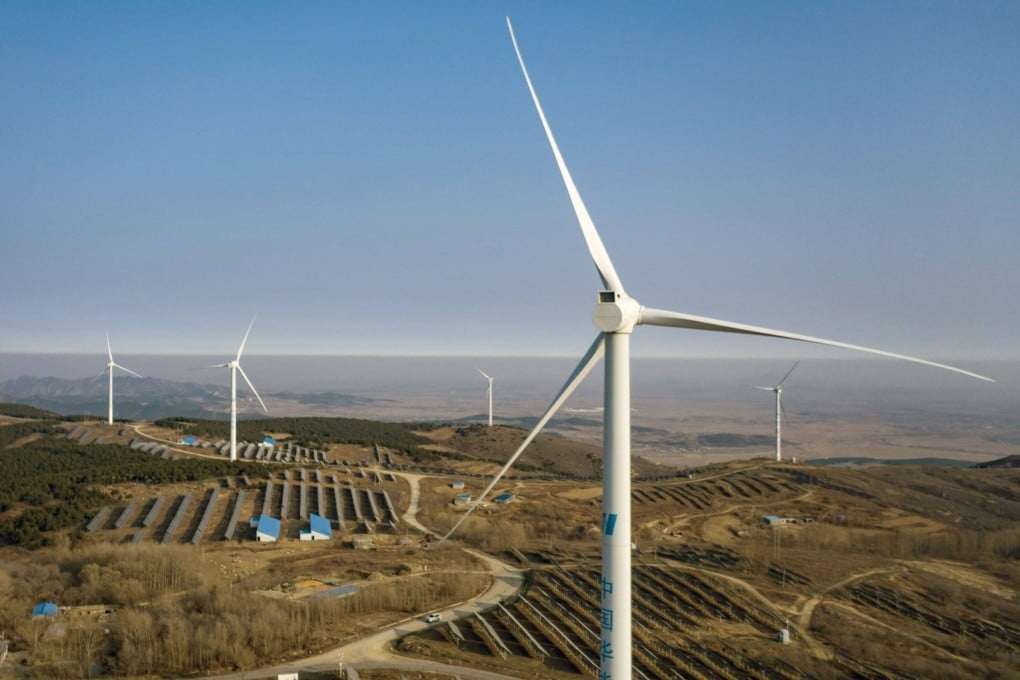Advertisement
Inside Out | Without China, there is no solving the climate crisis and Western critics must remember that
- Any effective solution must be down to how China performs, but leading Western economies are keen to grab the credit for progress on emissions
- It is easy to blame China for rising emissions and global temperatures, but this overlooks the contributions it is making to arrest the crisis
Reading Time:4 minutes
Why you can trust SCMP
13

The temptation to paint China as the villain remains irresistible, even where we are talking of cooperation. So it was last week as US President Joe Biden called world leaders together on Earth Day to galvanise cooperation on global warming and prepare for the COP26 climate summit in Glasgow in November.
As many would have it, the US and Europe are poised to lead the world away from the brink of the climate crisis with ambitious plans to cut carbon dioxide emissions. Meanwhile, there is an urgent need to crack the whip over laggards – in particular China, which is by far the world’s largest emitter and is still building new coal-fired power plants, both at home and as part of the Belt and Road Initiative.
Commentators complained that President Xi Jinping brought nothing new to the table after last September’s commitment that China would achieve net carbon neutrality by 2060. They were sceptical about Beijing’s promises to reduce coal-fired power, which still accounts for most of the country’s power generation and is a main reason China remains the world’s biggest emitter.
Advertisement
In certain respects, targeting China is reasonable and perhaps inevitable. Its sheer size as a producer and consumer of energy makes it impossible to imagine any solution to the climate crisis without China playing a pivotal role. So, too, because of the extent to which it relies on coal-fired power.
However, this creates a conundrum at the heart of the climate challenge. Any effective solution must ultimately be down to how China performs, but leading economies such as the US and Europe are keen to grab the credit for progress on reducing carbon emissions.
As global carbon dioxide emissions have risen from 30,582 million tonnes in 2010 to 33,513 million tonnes in 2018, the International Energy Agency (IEA) says China accounted for more than half of the increase. With 11 gigawatts of coal-fired power added in the first half of 2020 and 53GW in the pipeline, China accounted for around 90 per cent of the world’s total new coal-fired power last year.
Advertisement
Select Voice
Choose your listening speed
Get through articles 2x faster
1.25x
250 WPM
Slow
Average
Fast
1.25x

